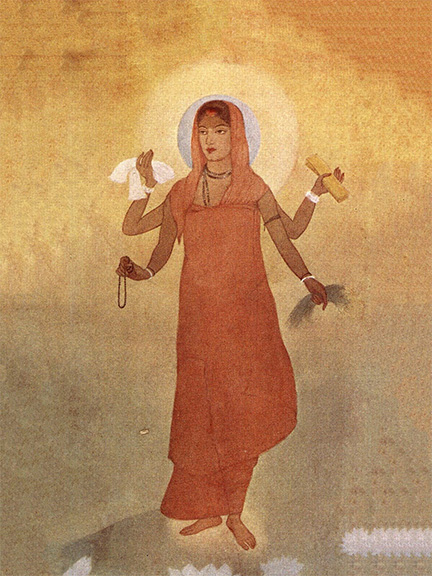Abanindranath Tagore | 07 Aug 2021
Why in News
The year-long celebrations marking 150 years of Abanindranath Tagore will be started soon, with a host of online workshops and talks paying tributes to the leading light of the Bengal School of Art.
Key Points
- About:
- Birth: Abanindranath Tagore took birth in a family of Tagores of Jorasanko in Kolkata in 1871.
- He was a nephew of Rabindranath Tagore.
- Abanindranath’s Ideology: In his youth, Abanindranath received training in European and Academic style from European artists.
- However, during the last decade of the 19th century, he developed a distaste for European naturalism (which represented things closer to the way one sees them - inspired by the principles of natural science).
- He leaned towards painting images with historic or literary allusions. He drew inspiration from Mughal miniatures.
- Another source of inspiration came from the visit of the Japanese philosopher and aesthetician Okakura Kakuzo to Kolkata in 1902.
- Birth: Abanindranath Tagore took birth in a family of Tagores of Jorasanko in Kolkata in 1871.
- Contribution to Indian Freedom Struggle:

- In the last decades of the nineteenth century, a new art movement emerged which received its primary stimulus from the growing nationalism in India.
- In Bengal, a new group of nationalist artists gathered around Abanindranath Tagore.
- He was arguably the first major exponent of an artistic idiom that sought to modernise the Mughal and the Rajput styles in order to counter the influence of Western models of art under the colonial regime.
- Though many of the paintings of this new trend primarily focused on themes of Indian mythology and cultural heritage, they are important sources for studying the modern art movement in India and for the art historians.
- His unique interpretation of swadeshi themes created a new awakening and heralded a revival of Indian art.
- He was the creator of the iconic ‘Bharat Mata’ painting.
- Victoria Memorial Hall is the custodian of the Rabindra Bharati Society collection, the single-largest collection of works by the artist.
Bengal School of Painting
- It is also called the Renaissance School or the Revivalist School, as it represented the first modern movement of Indian art.
- It rediscovered the glories of Indian art and consciously tried to produce what it considered a truly Indian art inspired by the creations of the past.
- Its leading artist was Abanindranath Tagore and its theoretician was E.B. Havell, the principal of the Calcutta School of Art.
